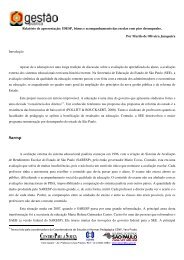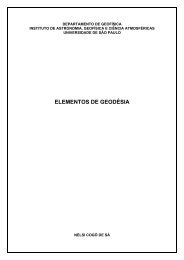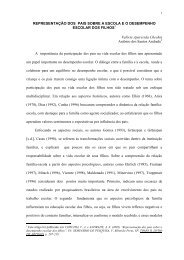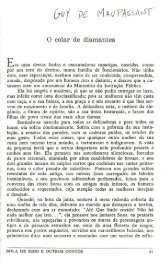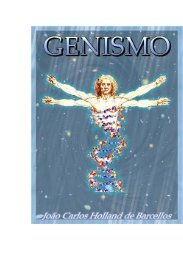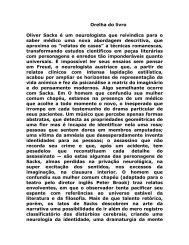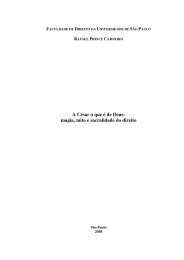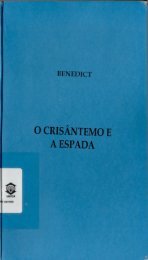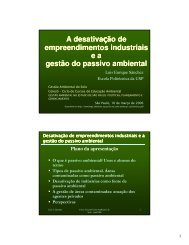A HISTORY OF MODERN IRAN - Stoa
A HISTORY OF MODERN IRAN - Stoa
A HISTORY OF MODERN IRAN - Stoa
You also want an ePaper? Increase the reach of your titles
YUMPU automatically turns print PDFs into web optimized ePapers that Google loves.
186 A History of Modern Iran<br />
Khatemi’s main asset was his liberal reputation. The fact that he was a<br />
sayyed also helped. As minister of culture under Rafsanjani, he had tried to<br />
loosen censorship and had been accused by Ettela’at and Kayhan of disseminating<br />
“corrupt and immoral films and books.” Complaining that overly<br />
stringent censorship had produced a “stagnant and retrograde climate,” he<br />
resigned quietly from his ministerial post in 1992 and took up the directorship<br />
of the National Library. He also taught Western political thought at<br />
Tehran University. His demeanor was more like that of a university<br />
professor than a revolutionary cleric. He ran his campaign for the presidency<br />
on the themes of nourishing “civil society,” curing the “sick economy,” and<br />
replacing the “clash of civilizations” with a “dialogue of civilizations.” He<br />
hammered away on the importance of having an open society with individual<br />
liberties, free expression, women’s rights, political pluralism, and,<br />
most important of all, rule of law. He visited supermarkets, used city buses,<br />
and traveled in a small private car with his wife in the driver’s seat. His<br />
campaign managers went out of their way to stress that he knew German,<br />
having supervised the Iranian mosque in Hamburg before the revolution.<br />
They also stressed that the philosophical books he had written had much<br />
praise for such Western thinkers as Hume, Kant, Descartes, Locke,<br />
Voltaire, and Montesquieu. “The essence of Iranian history,” he declared,<br />
“is the struggle for democracy.” 60<br />
He won hands-down with 70 percent of the vote in a campaign in which<br />
80 percent of the electorate participated. In the previous presidential<br />
campaign, only 50 percent had voted. His support cut across regions and<br />
class lines – even Revolutionary Guards and Qom seminarians voted for<br />
him. But his core support came from the modern middle class, college<br />
students, women, and urban workers. The reformers immediately launched<br />
the newspaper Khordad (May), named after the month when they had won<br />
the presidential election. They soon became known as the Khordad<br />
Movement. Khatemi’s brother, a medical doctor, founded the paper<br />
Moshakerat (Participation) and the Islamic Iran Participation Party.<br />
Khordad and Moshakerat soon outsold the long-established Kayhan and<br />
Ettela’at.<br />
These reform newspapers, together with others that followed, changed<br />
the whole tenor of public discussion. In previous decades, the key terms in<br />
public discourse had been emperialism, mostazafen, jehad, mojahed, shahed<br />
(martyrdom), khish (roots), enqelab (revolution), and gharbzadegi (Western<br />
intoxication). Now the key terms were demokrasi, pluralism, moderniyat,<br />
azadi (liberty), barabari (equality), jam’eh-e madani (civil society), hoquq-e<br />
beshar (human rights), mosakerat-e siyasi (political participation), goft-e gou



